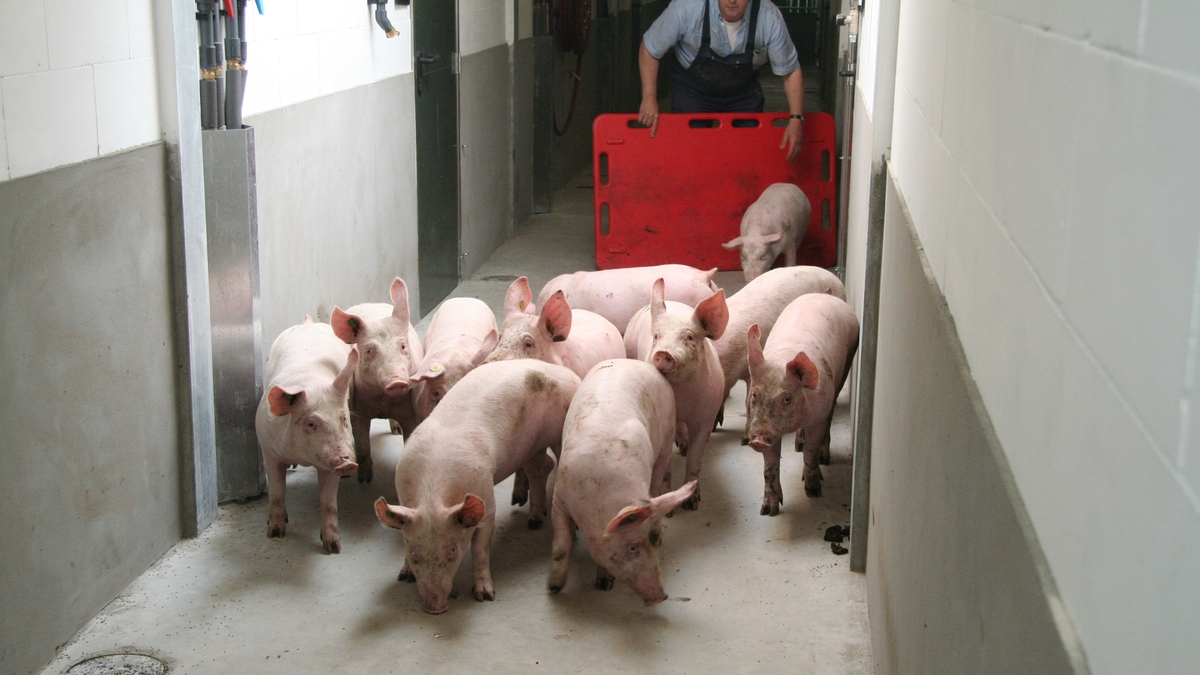Scientific knowledge about fitness for transport of pigs reviewed

Subject
Fitness for transport
Injury and unnecessary suffering
The European regulation (Council Regulation 1/2005 and to a lesser extent 853/2004) lays down rules for the protection of animals during transport including information about fitness for transport of pigs. In 2016, DG Health and Food Safety (DG SANTE) published a report providing an overview of systems to prevent the transport of unfit animals in the EU. In the review “Fitness for transport of pigs”, central terms in the European regulation – such as injury and unnecessary suffering, are discussed, including the usefulness of these terms as indicators of fitness for transport, to be used during inspection.
Focus areas for inspections
Potential indicators of fitness for transport of different categories of pigs are proposed, in addition to the criteria listed in the legislation. Based on the wording of the legislation, these indicators are allocated to two key focus areas during inspections of fitness for transport. Animals that should not be considered fit for transport are those:
Presenting signs of pathological processes, e.g., when wounded or in pain. Specific indicators are:
- Tail lesions: Lesions on the tip or larger parts of the tail, inflicted by pen-mates through tail biting. Tail lesions are painful.
- Ear lesions: Ear lesions are a collective term for lesions in/at the ears of pigs, but also includes otohematomas, also called blood-ears. Ear lesions are mainly seen in weaners.
- Shoulder sores: This is the popular term used to describe decubital shoulder ulcers. Shoulder ulcers are characteristic lesions on the shoulders of sows kept in intensive production systems, in particular in farrowing crates.
- Lameness: When lame, a pig is unable to use one or more limbs in a normal manner. Lame pigs often experience pain, and may experience additional pain when transported.
- Prolapses: A prolapse describes a condition, where an organ is protruding from the body. Prolapsed organs can be easily damaged causing pain and profuse bleeding.
- Hernias: Hernia is the popular term for a series of different diagnoses, all identified by outpouchings on the ventral aspect of the abdominal wall of pigs. Hernias can be painful and limit the mobility of pigs.
- Having physiological weaknesses, e.g., related to higher stress susceptibility, low body condition or certain age groups or certain stages of the production cycle.
Official inspectors and experts from member states are invited to contact EURCAW-Pigs info.pigs@eurcaw.eu with any suggestions, comments or questions to further improve this review.
